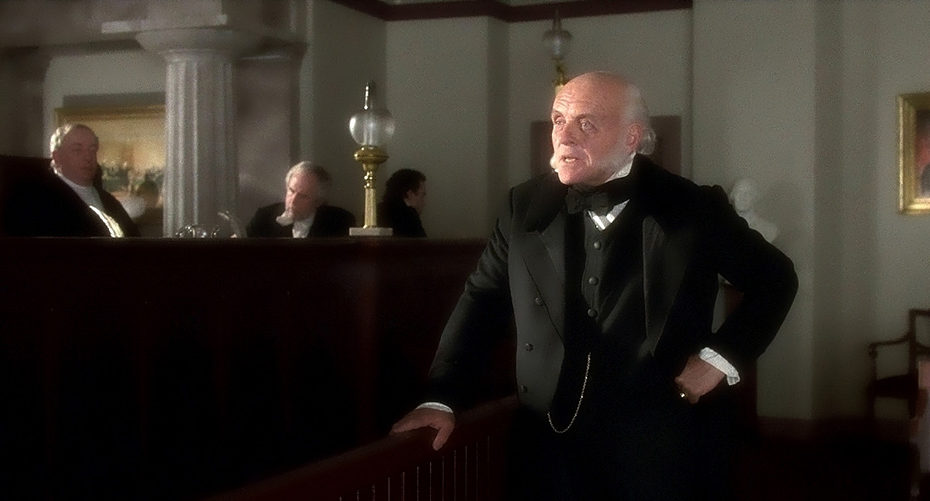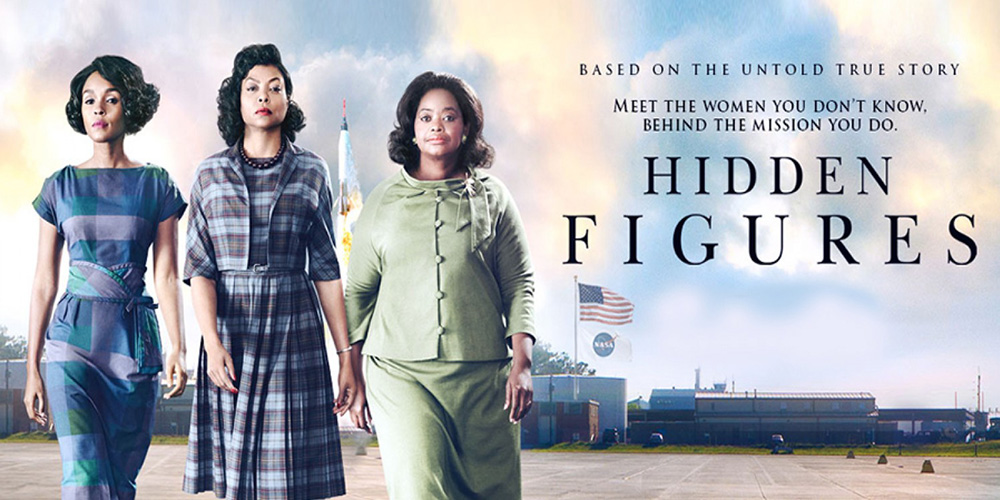Last month the media was full of stories marking the anniversary of one of the greatest speeches of all time, Dr Martin Luther King’s ‘I Have a Dream’ address in Washington.
What makes a speech resonate to such a degree that it is still celebrated 50 years later?
The ‘I Have a Dream’ speech is, of course, interwoven with the struggle of the Civil Rights movement. But it’s also an extraordinarily impactful speech in its own right. Yet, as Nancy Duarte highlights in her book Resonate: Present Visual Stories that Transform Audiences, the devices that Dr King used to create such impact are accessible to anyone.
To illustrate them, let’s look at another great example: John Quincy Adams’ impassioned defence of the slave mutineers in Amistad. It’s a speech where Adams uses almost every rhetorical trick in the book to persuade his audience.
You can view the final part of the speech in the two clips below.
1. Story
‘Whoever tells the best story, wins’, Adams advises the slaves’ legal team early in the film. And he finds it too, recounting the story told by the slaves’ spokesperson, Cinque. It tells of when Cinque’s people, the Mende, encounter a situation that seems hopeless, they invoke the spirit of their ancestors to help them. It’s a story that gives the slaves the dignity and pride of being part of a people, rather than just someone’s property.
When the slaves’ case is referred to the Supreme Court Adams builds on this story by symbolically invoking his country’s own ancestors, the founding fathers whose statues are arrayed around the edge of the courtroom. And he calls forth a prayer to their ancestors to guide them now.
2. STAR moment
In Resonate, Duarte advises leaving your audience with a ‘STAR’ moment – ‘something they’ll always remember’. Here, Adams symbolically tears his papers in half in answer to the question of what they should do with The Declaration of Independence if the court rules against the slaves. It’s a powerful, memorable gesture.
3. Puzzles and solutions
In Lend Me Your Ears, Max Atkinson describes how to use puzzles and solutions to keep your audience interested and keen to hear what’s coming next. One technique is to pose a rhetorical question and then answer it, as Adams does when he asks: ‘What on earth are we to do with this inconvenient document, The Declaration of Independence? What are we to do with it?’
Another technique is to say something intriguing and then explain it: ‘But, we’ve come to understand, finally, that this is not so.’ He then goes on to explain exactly what they’ve come to understand.
4. The power of three
Research shows that people automatically tune in to lists of three. Here, Adams uses a list of three – ‘all men created equal,’ ‘inalienable rights,’ ‘life/liberty’ – when referring to the ‘conceits’ of The Declaration of Independence.
5. Contrasts
As we saw in An Inconvenient Truth, contrasts give ‘bite’ to any presentation or speech, and can be used in a variety of ways.
Adams’ most impressive contrast is his insistence that ‘who we are IS who we were’. He also uses contrast when talking about the need for ‘strength and wisdom to triumph over our fears, our prejudices’.
6. Repetition
Repetition of words is simple to use and lends extra weight to a point. It can have a powerful impact if used sparingly. Here, Adams begins successive sentences with ‘Perhaps we have feared’, then repeats the word ‘understand’ (using the power of three at the same time).
7. Use of language
Clever use of language adds subtlety to Adams’ speech. He refers to Cinque as ‘his friend’ and casually mentions inviting him to his home and chatting to him in his greenhouse. The inference is clear: Adams – a former US President – regards Cinque, a slave, as an equal.
8. Dramatic Pauses
Adams regularly pauses to let his words sink in, allowing his audience to consider their meaning and draw their own conclusions.
9. Strong ending
A strong ending ensures your audience will still be thinking about your message long after you leave. Here, Adams issues a provocative challenge which ties the issue of slavery back to the very principles on which his country was founded:
If it means Civil War, let it come. And if it does come, let it be, finally, the last battle of the American Revolution.





